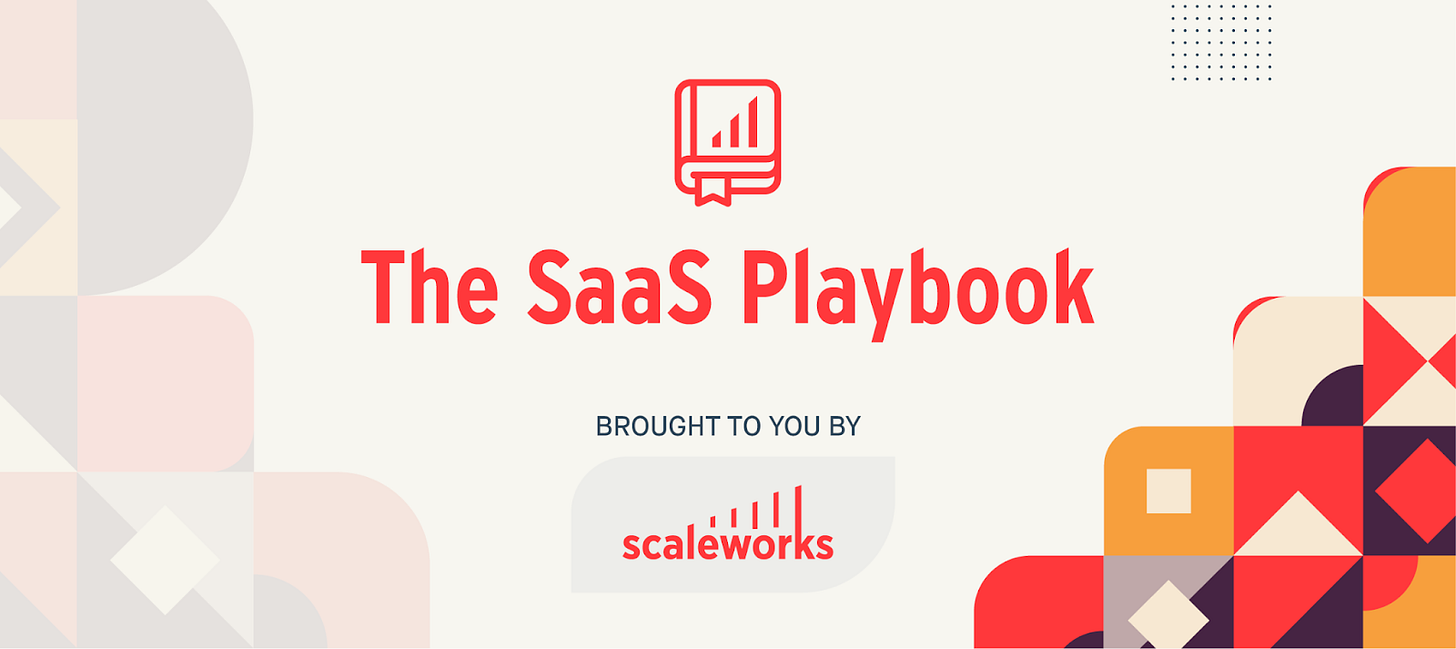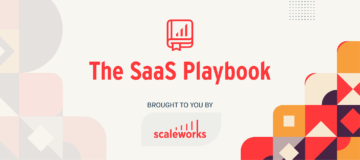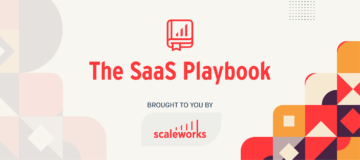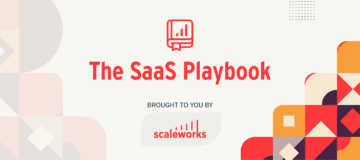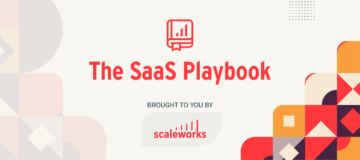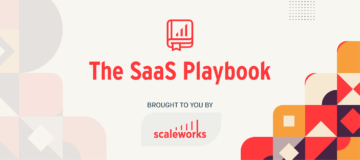Welcome back to The SaaS Playbook, a rundown of the top articles, tactics, and thought leadership in B2B SaaS. Not a subscriber yet?
🗑️ There’s no debating that email usage has decreased amongst the younger generations, but it still sits atop the B2B marketing throne. The workplace simply revolves around email, with 31% of B2B marketers saying it’s their best ROI channel. If you’re wishing you were a part of that group, who the Direct Marketing Association claim net $40 on every email marketing dollar spent, try upping your game with the following.
-
The Right Cadence: The #1 reason users unsubscribe is too high of a frequency, so the goal is to provide consistent content without overwhelming your audience. Strike the right balance by testing daily, weekly, and monthly mails to see how engagement and subscriptions are effected.
-
Send From A Person: 89% of emails are sent by a company’s name, despite the fact that subscribers generally respond better to people, not organizations.
-
Build Your Email Subscribers Organically: Pop-ups, web forms, and content downloads are the easiest way to turn site traffic into signups. If there’s one piece of advice you take away let it be this: do not waste money by buying your email lists.
⌛ Along with email, content will always be one of the most cost effective channels in your repertoire because unless you’re paying to promote it, your cost is just writing it. Contently argued that now is the best time to double down on content because viewership is up—analytics platform Nudge reported that people have spent a lot more time in their homes over the past couple of years (unsurprisingly), and content views are up 40% as a result. Quarantine aside, content marketing is one of the only forms of marketing that produces compounding returns. While your marketers are limited in other areas, they can buckle down and produce material that will bring in leads over time.
✈️ Now that we’ve pointed a marketing to-do, it’s time for a marketing don’t – any form of variable marketing campaigns which grant customers a prize/reward that is a cost to you. Hoover’s disastrous marketing campaign in the 90s is a great example of what can go wrong. The appliance and vacuum company was losing market share, so they came up with the idea to offer free plane tickets if customers spent more than $100. The campaign unexpectedly drew lots of attention and led to record sales. Their big mistake was assuming barely any customers would redeem the “free” tickets. After trying some dirty tactics and receiving tons of bad press, Hoover eventually had to pay for 220,000 flights and sell off their European entity to stay afloat.
🙈 In a classic case of monkey see, monkey do, 80% of startups end up going with per user pricing just because it’s what everyone else seems to be doing! Instead of immediately following the herd, it’s worth trying a pricing discovery survey to find out your key value metrics (which can help define and separate your pricing tiers). Building qualified buyer personas is also a must because they will easily identify what features matter most to your different customer segments.
☀️ While we are on the topic of poor pricing tendencies, we’ll add pricing too cheaply to the top of the list. There’s a common misconception that pricing at the higher end will scare away prospective customers and push them towards cheaper alternatives, when in reality it can make them take you more seriously. Remember that lower paying customers can often be the most demanding. If you do end up going for a higher price just don’t fly too close to the sun – make sure to use the Price Sensitivity Meter to find an acceptable range you can sell at.
- SEO Powered Content & PR Distribution. Get Amplified Today.
- Platoblockchain. Web3 Metaverse Intelligence. Knowledge Amplified. Access Here.
- Source: https://thesaasplaybook.substack.com/p/-is-email-still-the-best-saas-marketing
- 000
- 10
- 9
- a
- acceptable
- advice
- After
- alternatives
- always
- amongst
- and
- areas
- around
- articles
- Association
- attention
- audience
- B2B
- back
- Bad
- Balance
- because
- BEST
- Better
- Big
- bring
- Building
- Buying
- Campaign
- Campaigns
- case
- Channel
- channels
- cheaper
- claim
- classic
- Close
- Common
- company
- Company’s
- consistent
- content
- Cost
- Couple
- customer
- Customers
- daily
- debating
- demanding
- Despite
- determining
- different
- direct
- disastrous
- discovery
- Dollar
- Dont
- double
- down
- downloads
- easiest
- easily
- Effective
- email marketing
- emails
- engagement
- entity
- European
- eventually
- everyone
- example
- Features
- Find
- Flights
- following
- form
- forms
- Free
- Frequency
- from
- game
- generally
- generations
- Go
- goal
- going
- good
- grant
- great
- Group
- help
- High
- higher
- Homes
- How
- HTTPS
- idea
- identify
- immediately
- in
- In other
- instead
- IT
- Key
- Leadership
- Leads
- Led
- Limited
- Lists
- losing
- Lot
- make
- Market
- marketers
- Marketing
- Marketing Campaigns
- material
- Matter
- Metrics
- mistake
- money
- monthly
- more
- most
- name
- net
- offer
- ONE
- organizations
- Other
- part
- past
- Pay
- paying
- People
- piece
- Plane tickets
- platform
- plato
- Plato Data Intelligence
- PlatoData
- poor
- press
- price
- pricing
- produce
- promote
- provide
- Push
- qualified
- quarantine
- range
- Reality
- reason
- receiving
- record
- redeem
- remember
- Reported
- Respond
- result
- ROI
- round
- SaaS
- sales
- seems
- segments
- sell
- Sensitivity
- Share
- should
- simply
- site
- So
- some
- spent
- Startups
- stay
- Still
- strike
- subscribers
- subscriptions
- Sun
- tactics
- Take
- Testing
- The
- their
- thought
- thought leadership
- throne
- tickets
- time
- to
- tons
- too
- top
- topic
- towards
- traffic
- true
- TURN
- Usage
- use
- User
- users
- Vacuum
- value
- views
- Waste
- web
- weekly
- What
- which
- while
- WHO
- will
- without
- Work
- Workplace
- worth
- would
- writing
- Wrong
- years
- Younger
- Your
- zephyrnet

